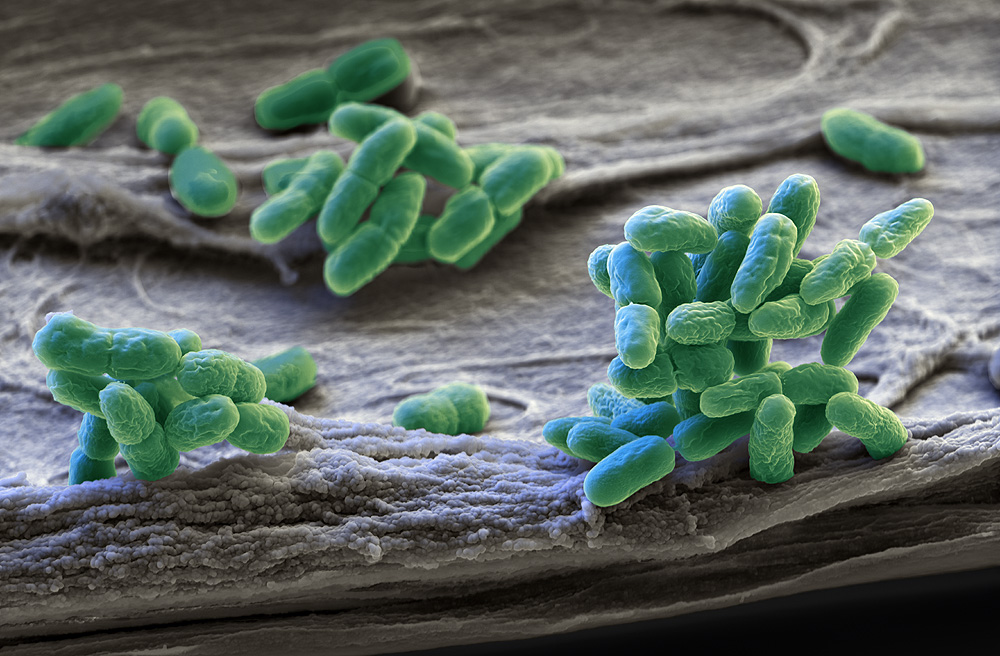A fresh look through bacteria
The Synechocystis have eyes

If we were to play a word association game and start off with the word ‘eye’ you might shout out ‘face’, or ‘London’, or even ‘mantis shrimp’, but you probably wouldn’t shout out ‘bacterium’. Well, new biologcal research might change that forever.
Although the phenomenon of bacteria moving in response to light, known as phototaxis, has been documented since the late 1800s, it took until this year for a group of observant researchers to discover how certain bacteria do this. A research team led by Nils Schuergers exposed a plate of Synechocystis to a directed light source under a microscope, to then observe the bacterial response At the bacteria’s side opposite to the incident light and direction of movement, a bright spot was realised. They discovered that this was indicative of the bacteria acting like a little eye. The light spot was the result of light focused from the beam, hitting the bacteria, the bacterias surface then behaving as a lens, and its cytoplasm as the retina, re-focussing the light beam.
This phototaxis process by Synechocystis is a negative response to bright light exposure on their surface. Scientists investigated this further by shining a laser onto the centre of a plate contiaing Synechocystis, and then using a light to direct the cells towards this centre. They found that cells would move towards the laser, until they hit the beam, where they would then retract.
Further research showed that, when two sources of light were introduced, the bacteria would present two spots on their surface, and move towards the light sources at an intermediate angle between the two.
Being cyanobacteria, and thus using photosynthesis to make glucose for energy, it is important that Synechocystis and similar bacteria have a system to navigate towards optimal light conditions. That is, the bacteria need enough light to make sufficient glucose, but should not be exposed to too much light, which would damage the bacteria cell. Here scientists explored the mechanism to which this optimum is achieved.
Although this is a beautifully elegant method for spherical bacteria to respond to light, it remains to be seen how this will translate to rod shaped bacteria, assuming, they even use a similar method… Watch this space.









